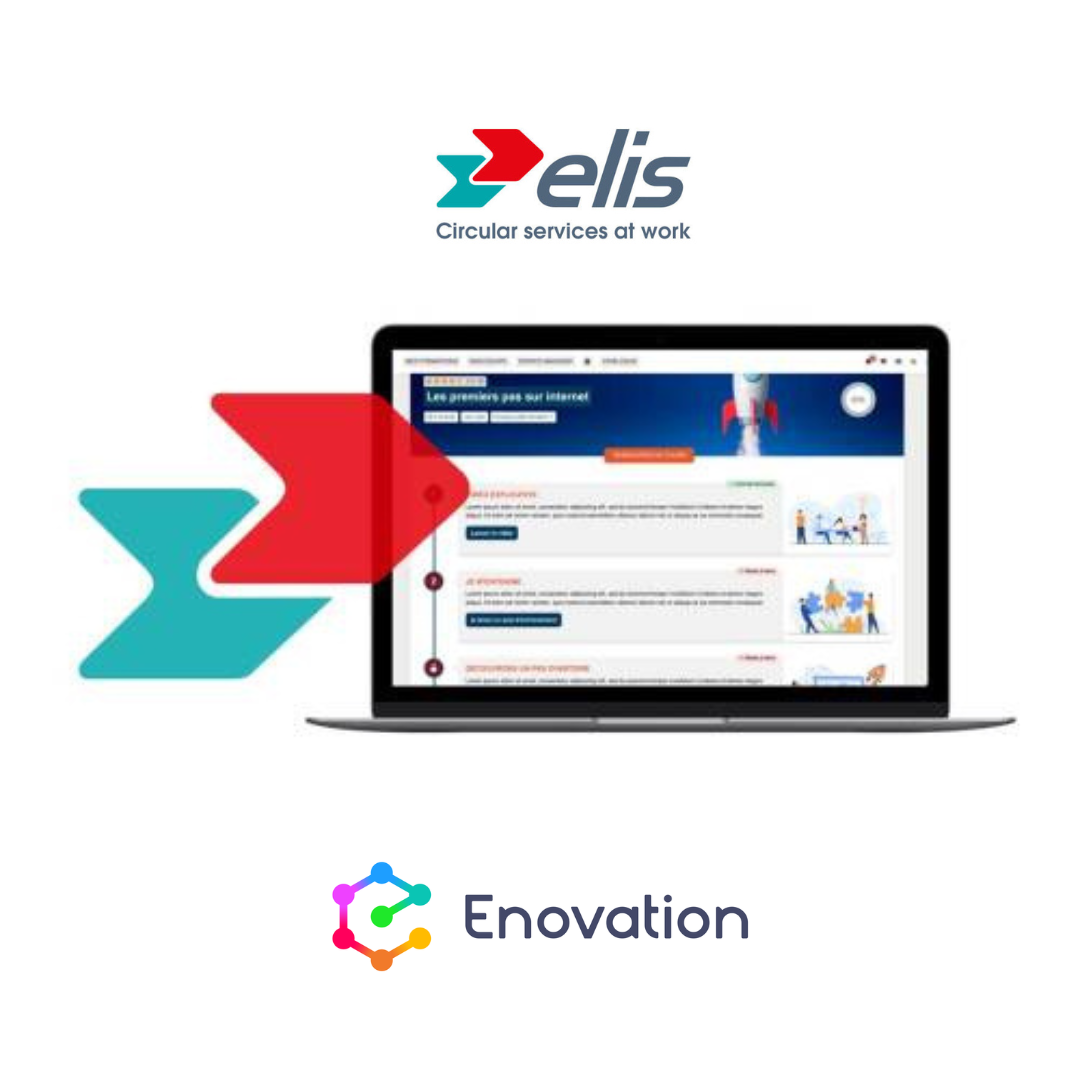An introduction
The reflective diary tool – SDP – is an online portfolio tool developed by Enovation. It is a Moodle plugin that can be added as an activity and a block in a course. It offers Further and Higher Education sectors a seamless approach to reflective learning. Students can record their daily work, and assign those entries to competencies. Teachers can then review those entries and check if students have completed all competencies. The motivation behind this product is to allow students to record activities in a targeted and reflective diary approach and to put learning activities against one or more competencies. It can play a key part in managing offline practical assignments common in courses that require work experience or for apprenticeships.
Research has shown that “reflective learning” plays a key role in the learning cycle and in helping learners to develop deep knowledge about what they have learned or practiced. Reflective learning encourages an individual to think about an observation or a particular event and to analyze what went well or what didn’t go quite so well. This analysis allows them to think about what could be learned from that event that would help the same event to be handled in a better way in the future. This reflection may include how the student might approach a task or situation differently in the future or how it increases their understanding of the subject/topic.
Objectives of SDP for university learning
- Integrating teachings and skills taught in-class, lectures and assignments.
- Creating a unified learning experience across a range of activities from module learning, professional experience and independent learning
- Facilitating self-assessment of individual development on course learning objectives, including key skills
Student/Mentors/Teachers can report on progress and track competencies achieved as well as the hours spent in attaining a specific competency.
With SDP the teacher can specify the title and give a description/instructions for SDP. The teacher can also define the competencies and competency and categories for a particular diary. The teacher can report on overall how the class is doing in terms of the competencies defined or can look at individual students progress.
Case Study: Universities use SDP to Capture Competencies learned on Placement
*Based on the work of Geraldine McDermott & Denise Mac Giolla Ri Lecturers from Athlone Institute of Technology
SDP has been put into practice by Athlone Institute of Technology in three facilities ( Science, Business and Engineering) and is used for various course levels and categories.
The BA (Hons) in Social Care Practice is a well-established program within the Institute and has a compulsory placement component each year that is designed to give students the opportunity to learn from professionals at work and put the theory learned into practice. SDP is used to capture student learning in the form of diary entries and provide formative feedback on their learning process throughout the duration of their work placement. Students are given formative feedback while on placement and are encouraged to use this feedback to improve their work.
In the past, students completing the placement portion of the program would have been assessed on a pass/fail basis. This would have been determined by the placement agency supervisors and not on recorded data on skill progression or knowledge development.
The process of using SDP for placement supervision involves a number of steps, which are outlined below:
The program team decides on the competencies that the would like the students to achieve while they are on placement. These may be based on Learning outcomes or specific requirements from professional bodies.
- The SDP activity is set up on the relevant Moodle page and each of these competencies is entered, resulting in a checklist that is made available to staff and students as a drop-down list.
- Students are required to provide a specific number of diary entries, detailing their experience while on placement. For each diary entry, they are required to map their experience to one or more of the competencies listed.
- Students are encouraged to provide reflective diary entries, moving away from the descriptive accounts of their placement, and are provided with exemplars in advance of their placements to help them with this.
- Academic staff provides students with feedback on their diary entries at different intervals during the placement.
- The expectation is that students will engage with this feedback and implement any changes necessary, either in their diary entries or more generally within their placement.
- At the end of the placement, students are required to export their diary entries as a pdf document to be submitted for grading through the VLE assignment activity.
“SDP is easy to use and easy to engage with. Once a student has been enrolled on a course with Moodle, they then have access to the activity in the same way as they do every other activity on Moodle.”
SDP can also be used to map student learning to competences determined by external accreditation bodies in related areas of study, research and employment. For example, in the Athlone Institute of Technology SDP is used by students on the BSc in Veterinary Nursing. The core benchmarks for learning on this course are determined by the Veterinary Council of Ireland, but SDP has played a key role in facilitating skills and knowledge development. The use of SDP could also be beneficial for mapping students learning outcomes to graduate attributes, as part of a faculty-wide or institute-wide initiative.
If you are interested in finding out more about Student Diary Pro please feel free to contact us. We would love to hear your thoughts on how SDP could facilitate you or your students’ learning journey.





.png)




